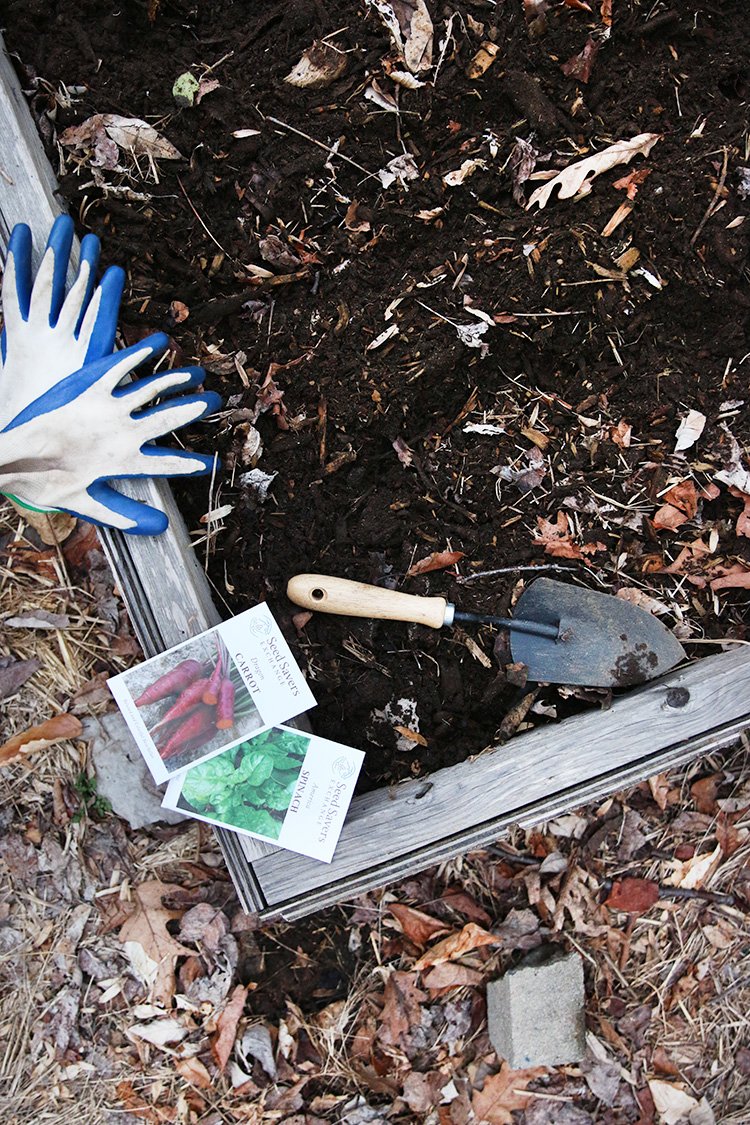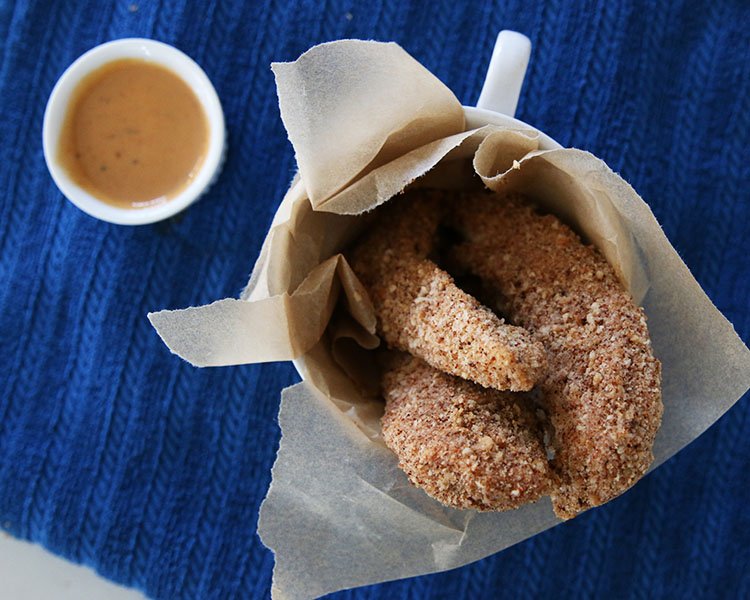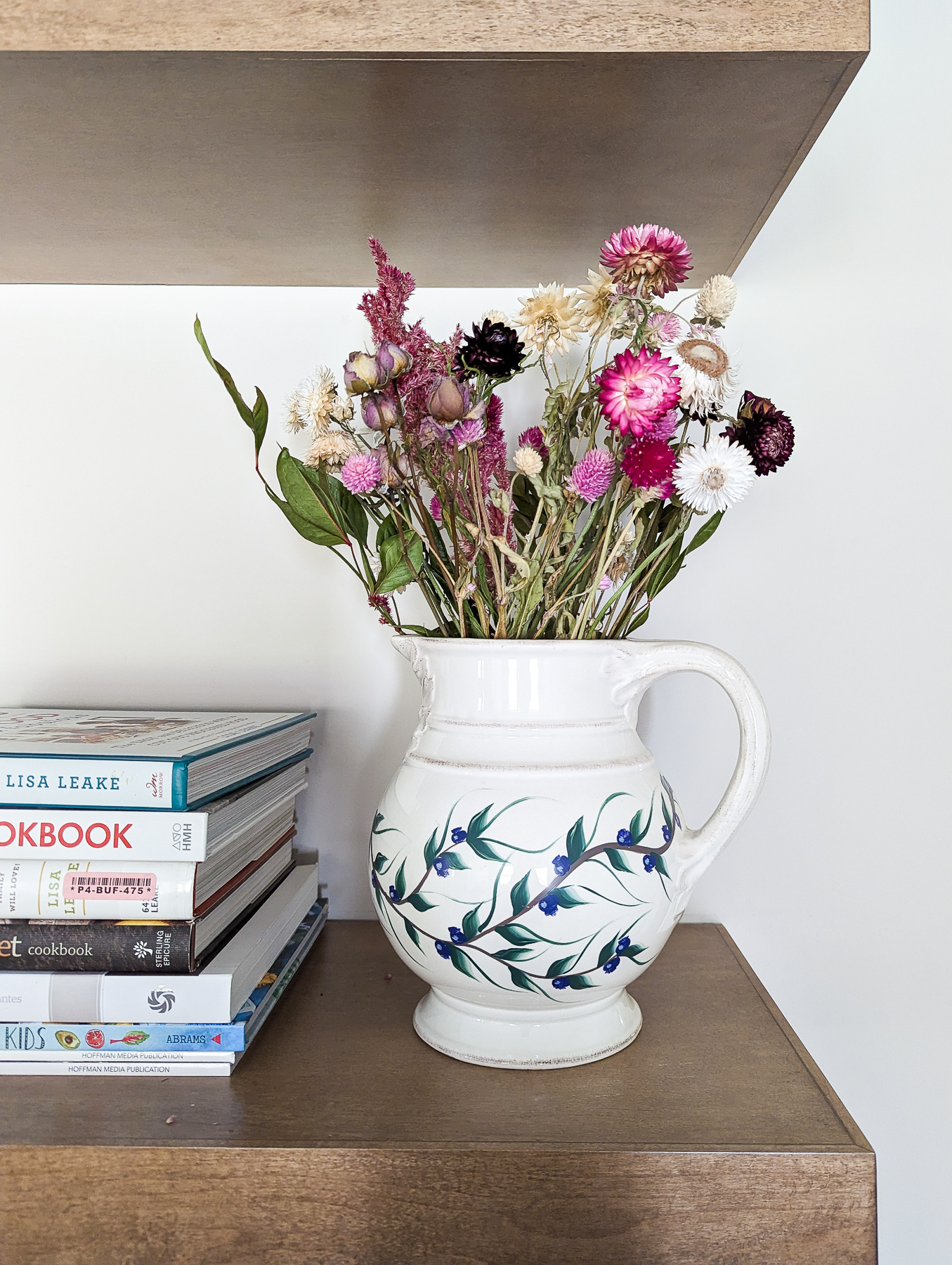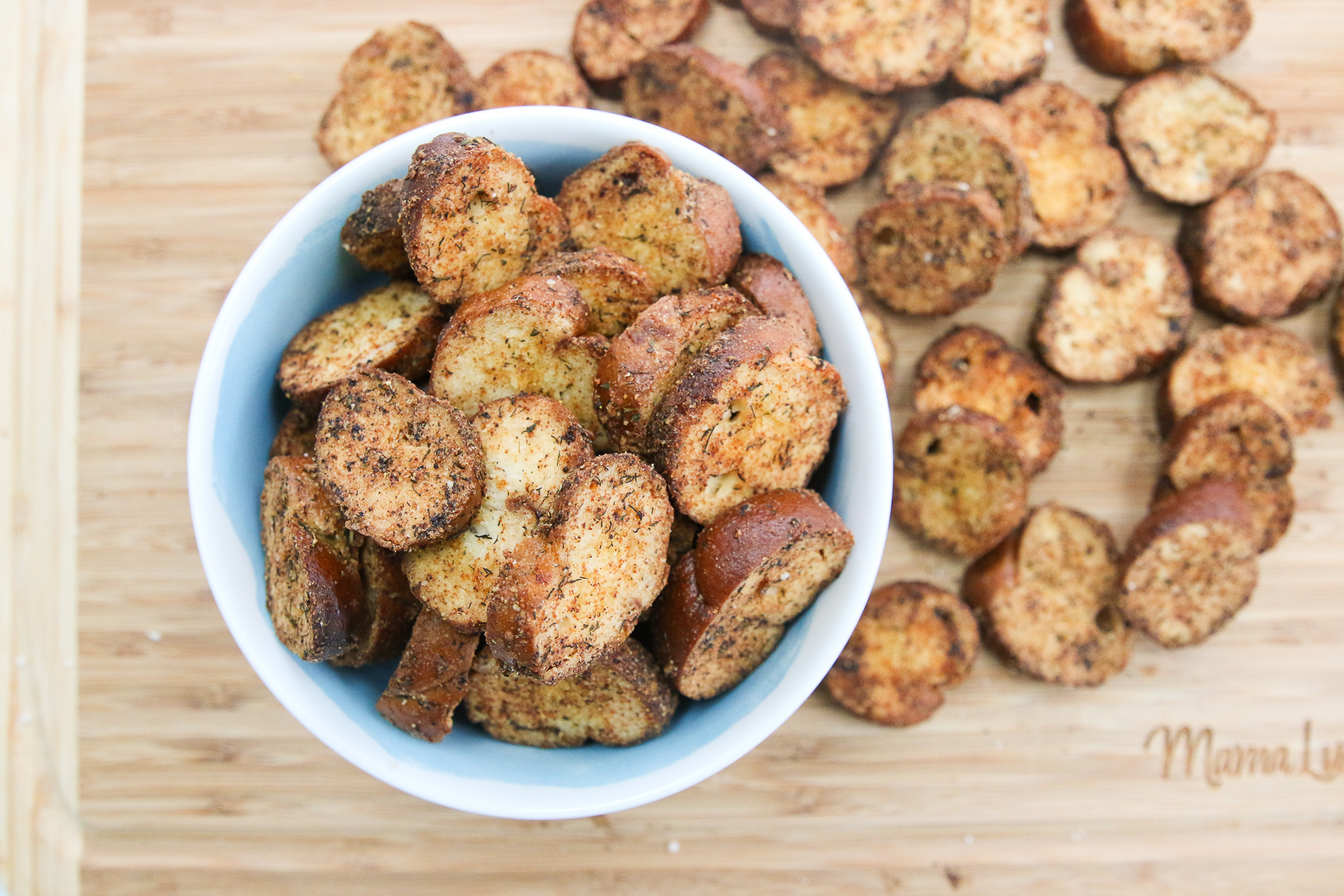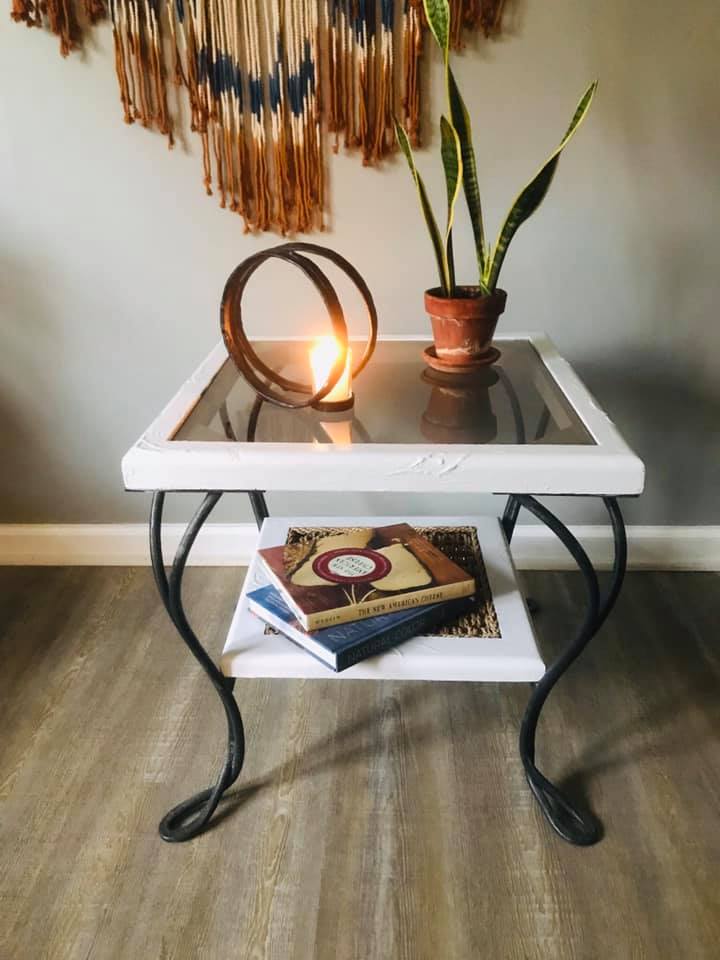6 Ways to Use Up Food Scraps
In our continuing series about low-waste living for beginners, we have another edition of tips for reducing waste in the kitchen. Specifically, we are addressing ways to use up food scraps so you don’t have to throw them away. Check out the 6 tips below for ideas about how to use up food scraps in your kitchen to reduce waste in your life.
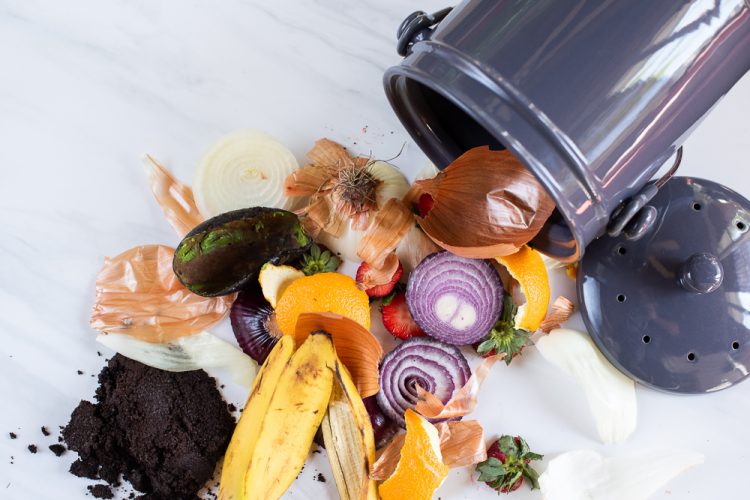
This post is part of our Beginner’s Guide to Going Waste Free in 2023.
Are you curious about reducing your waste and living more sustainably but aren’t sure where to start? You’re in the right spot. In a world buried in overconsumption, reducing our waste is one of the best places to explore more eco-friendly living. We’re so glad you’re here and hope you stick around for our Waste Free in 2023 challenge.
Whether your goals are big or small, we all start at the beginning. Maybe you’ve set yourself the lofty goal of creating only a mason jar’s worth of rubbish in 2023. Or maybe you’re just tired of lugging a heavy trash barrel to the curb once a week and want to start somewhere.
Either way, thank you! We need everyone doing a little bit, and the fact that you’re here and ready to take action is awesome.
This guide is aimed to be a ‘Beginner’s Guide to Reducing Waste’ with small, actionable steps to create sustainable living momentum in every room in your home. Once a month, we focus on an area or event in everyday life and provide related tips to reduce waste. We’ll cover everything from each room in your house and garden, to travel and celebratory events.
Although we call it the Waste Free in 2023 challenge (the rhyming name was catchy), we don’t expect with our current infrastructure and systems that it is possible to create no waste at all. “Zero Waste” can be seen as unattainable or overwhelming perfection.
If you can fit all your trash in a mason jar, fantastic. For most of us though, that’s not realistic. So be kind to yourself. Set realistic goals that are sustainable for you and your family. Start reducing your waste in the ways that feel most accessible to you. And come along with us on the journey to incorporating more low-waste habits into your everyday life!
6 Ways to Use Up Food Scraps
We’re still tackling waste in the kitchen, and today it’s all about those food scraps. You’re working on reducing plastic packaging on food and also reducing food waste in general, but you’re still bound to have food scraps left over. Let’s talk about some ways to make the most of them and keep as many as possible out of landfills.
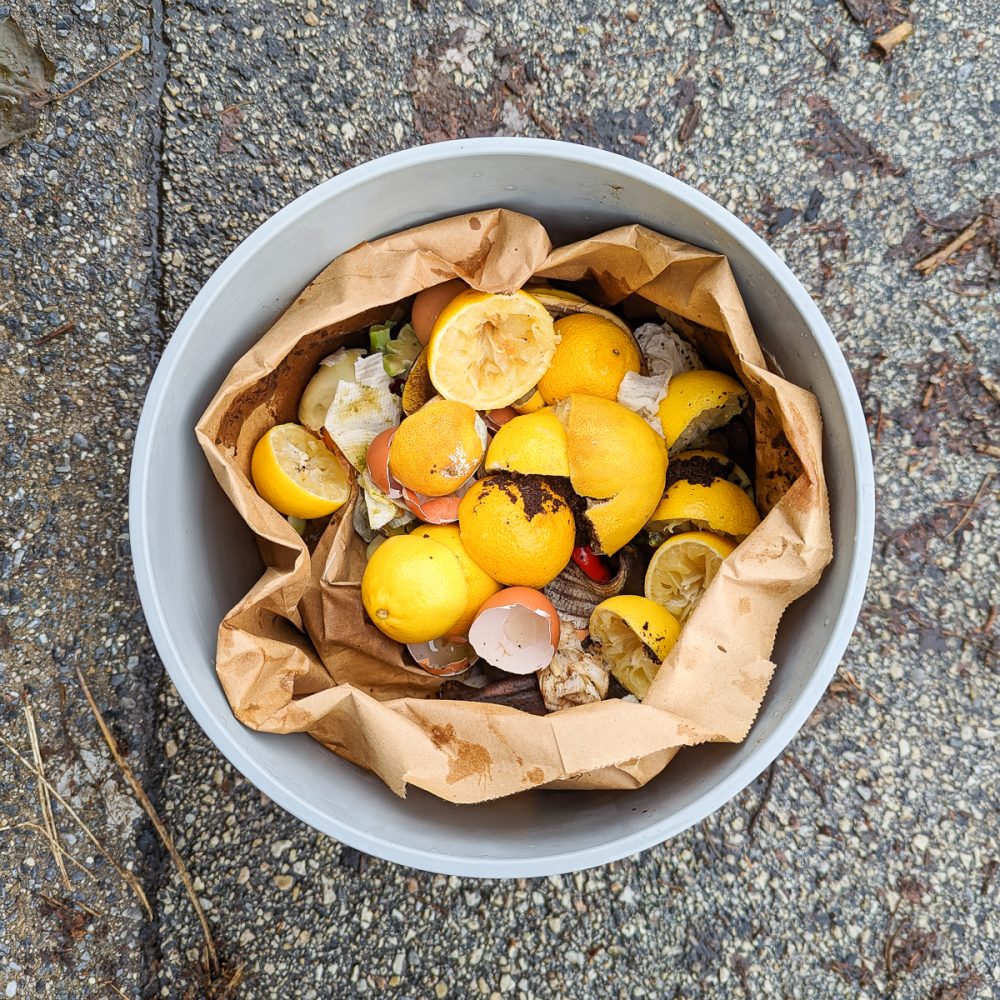
Compost your food scraps – An Honestly Modern favourite!
According to Earth.org, organic waste (food) is the largest contributor to methane emissions in the US. Methane is a greenhouse gas with up to 80 times more warming power than carbon dioxide so a crucial one to control if we are to tackle climate change.
I often hear people say it’s ok to throw food scraps in the general waste bin as they will compost in the landfill. Unfortunately, this isn’t the case. Organic waste needs oxygen to break down naturally. In landfill there is no air (i.e. no oxygen), so instead of composting like nature intended it to, organic waste emits methane and actually makes climate change worse.
Composting, either at home or via a curbside collection system, is a simple and easy solution. Pop a container on your windowsill to collect your food scraps while cooking. Empty it into a garden compost pile or curbside collection box when it’s full, and you’re all done. If you have a home system, you’ll get free compost for your garden in 6-12 months(ish)! Win-win.
Can’t have a compost bin at your home? Or don’t have a service near you? Check out ShareWaste and see if someone near you has a compost bin to which you can contribute. Alternatively, if you have a home composting system, why not open it up to friends and neighbours or add it to ShareWaste to offer it to anyone in your community.
Need another reason to compost? It stops your kitchen bin from getting all slimy and stinky as there’s no (or very little) food in it once you start composting – hooray! Check out Jen’s compost blogs and interviews with composters with all sorts of home systems for more ideas: Compost – Honestly Modern
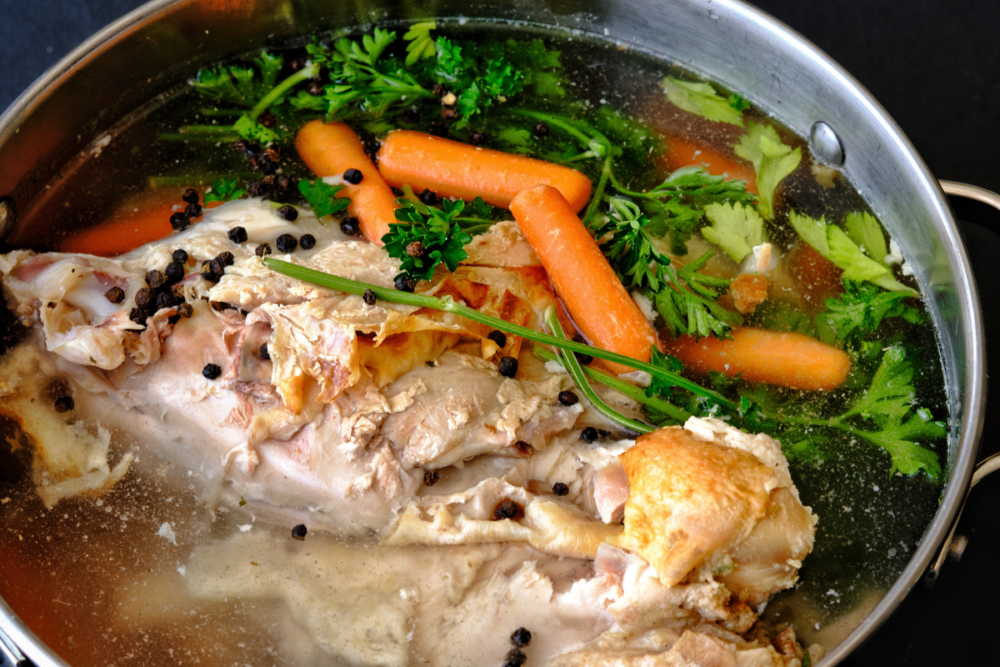
Make stock
To get every last bit of nutrition from your food before you compost it, try making stock with it. As an added bonus, you’ll no longer need to buy stock from the supermarket (saving money and skipping the packaging – woohoo!).
Save all your scraps in a pot or container in your freezer. When you have enough, batch cook stock and freeze in portion sizes that work best for you (1 cup or 250ml increments often work well). Simply defrost when needed and you’re good to go.
If you are a more advanced home chef, you might even consider storing scraps for stock by flavor profiles. For example, mushroom scraps, onion, ginger, turmeric, and lemongrass pair well with Asian flavors. While a mix of celery, carrots, kale stems and garlic might create a totally different type of stock for other types of recipes.
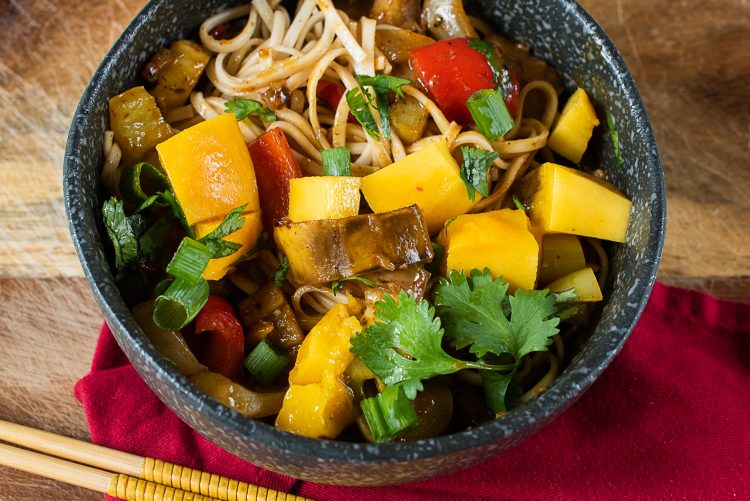
Use scraps in recipes
While they might seem like waste at first, many food scraps can be used in other recipes. For example, strawberry tops are great for smoothies (even though they aren’t so great as part of the sweet treat). Check out this carrot top enchilada recipe. This banana peel stir fry was a hit. And many foods, like stale breads and pretzels, can be repurposed into bread pudding, casseroles, croutons, breadcrumbs, and so much more.
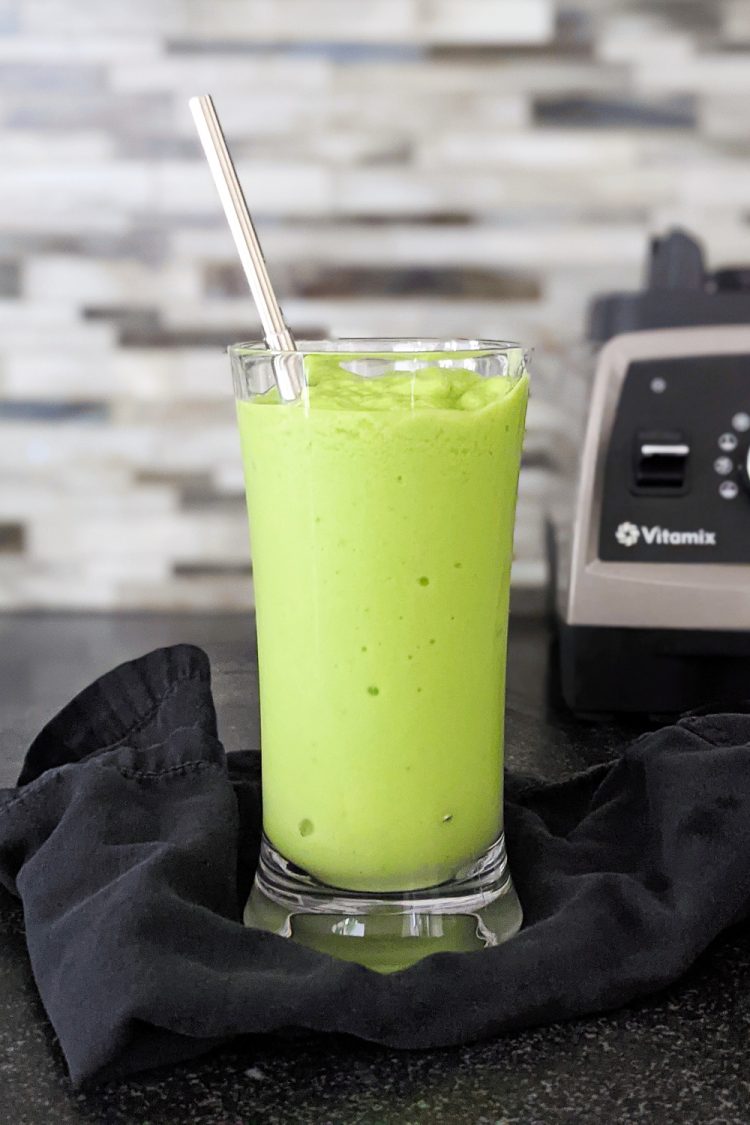
Make smoothies and soups
Soups and smoothies are the ultimate catch-alls for most produce that’s on the out. Freeze fruits and veg before they spoil and mix them together to make so many different soups and smoothies. This banana mango smoothie is a favorite, but there are tons of recipes online (and we often just throw in whatever we have on hand).

Feed food scraps to pets
Depending on your pet, they make take this initiative into their own hands and grab your leftovers for you, especially if your little ones like to toss their food on the floor. As long as it’s safe for your pet, food scraps and leftovers you don’t plan to eat might make great food for your pet (and save you some money on expensive processed pet food from the store).
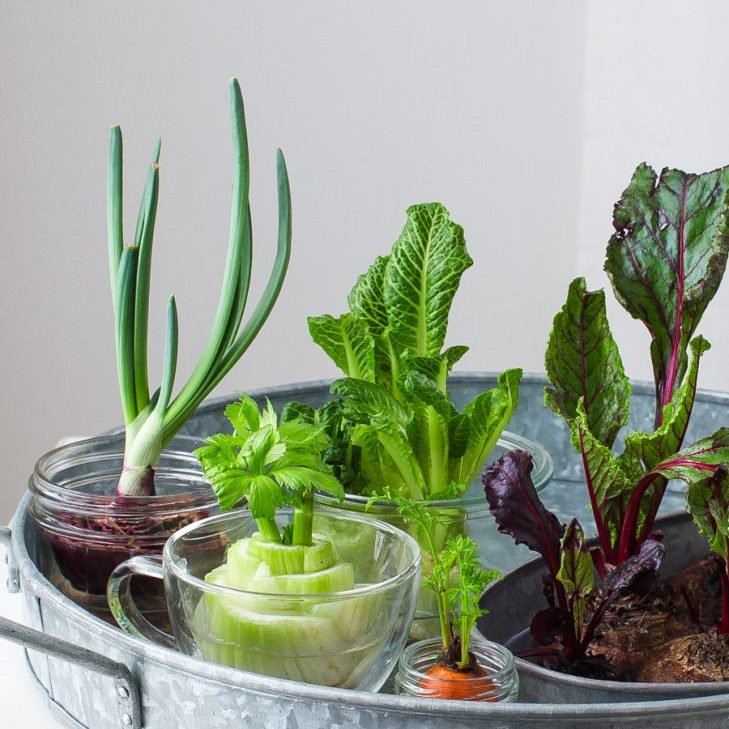
Use food scraps in other projects
Food scraps aren’t limited to eating. You can use them for lots of other things too. Even if they ultimately end up in the landfill, at least you extended their life and used them for something you may have otherwise purchased new food to create. Check out projects like this fruit clock and other ways to use citrus scraps, a bunch of ways to creatively play with food scraps, and how to grow new food from scraps!
So there you have it. A few quick and easy ways to use up food scraps and reduce the waste that comes out of your kitchen. Throughout the series on reducing kitchen waste, we haven’t covered things like entertaining or single-use disposables that you might have in your kitchen. We’ll look at these later in the year.
As you work toward a low-waste kitchen, why not pick an option or two from the list above and give it a try?! You can also check out Ways to Reduce Food Waste in the Kitchen and Ways to Reduce Plastic Packaging in the Kitchen for more ideas about creating less waste in the kitchen.
When you’ve mastered your first habit or two, pick a couple more. Every step makes a difference, saves you money, helps reduce your carbon footprint, and moves our collective efforts toward a greener and healthier planet for everyone.
Let me know any tips you’ve got on food waste in the comments. I’d love to hear them.
In March we tackle the bedroom – or more specifically clothing and reducing waste when it comes to fashion. See you then!
About The Author

Sarah Burgess
Sarah Burgess is co-founder of the social movement Just1bag2020, mother of two, and British Expat who spent four years living in the United States and recently moved back to the United Kingdom. Sarah spends her time promoting local sustainable change through small, easy-to-do actions that everyone can do to help out the planet. When not picking up trash and persuading others to do the same, Sarah and her family can be found travelling the world and experiencing everything this precious Earth has to offer.

Jen Panaro
Jen Panaro, founder and editor-in-chief of Honestly Modern, is a self-proclaimed composting nerd and advocate for sustainable living for modern families. To find her latest work, subscribe to her newsletter, Stepping Stones.
In her spare time, she’s a serial library book borrower, a messy gardener, and a mom of two boys who spends a lot of time in hockey rinks and on baseball fields.
You can find more of her work at Raising Global Kidizens, an online space to help parents and caregivers raise the next generation of responsible global citizens.

